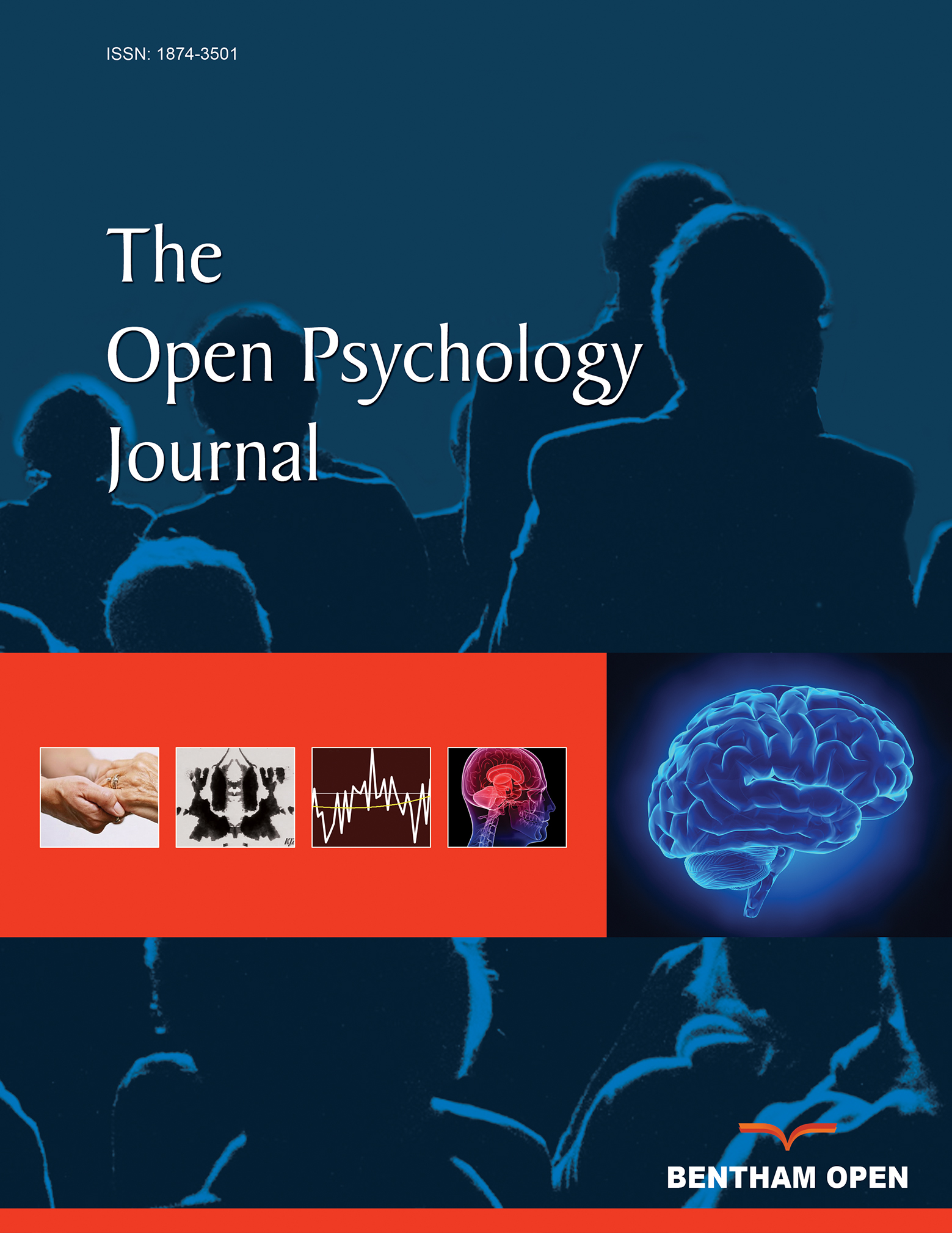All published articles of this journal are available on ScienceDirect.
Emojis in Deceptive Online Communication: The Frequency and Type of Emoji in Deceptive and NonDeceptive Online Messages
Abstract
Background:
Little research has been done on nonverbal deception cues in computer-mediated communication (CMC). However, deception is a daily occurrence and since much communication is shifting towards CMC, it is important to understand the difference between truthful and deceptive messages.
Objective:
This research obtained more insight in the use of emoji in deceptive messages by answering the question: Are the frequency and type of emoji different in deceptive compared to truthful online messages?
Methods:
Participants sent three screenshots of deceptive, and truthful messages to WhatsApp. The used emoji were counted and sorted into levels of valence (positive, negative, and neutral) and intensity (strong versus weak).
Results:
The results indicated that participants used more negative, weak emoji in deceptive compared with truthful messages and more positive, weak, and strong emoji in truth compared with deceit. No difference was found for the emoji frequency.
Discussion:
The results are discussed in the light of earlier research. However, this is the first study investigating the use of emoji in the context of computer-mediated deception.
Conclusion:
The type of emoji can be indicative of the veracity as a nonverbal deception cue in online messages.


